Nestled at the border of Tibet and Nepal, Mt. Lhotse stands as a majestic behemoth, with its three summits – the main summit (8,516 meters/27,940 feet), Lhotse Middle (8,414 meters/27,605 feet), and Lhotse Shar (8,383 meters/27,503 feet) – beckoning the boldest of mountaineers to embrace the ultimate challenge.
The chronicle of mountaineering history resonates with the story of Lhotse’s conquest, which unfolded on May 18th, 1956, when Fritz Luchsinger and Ernst Reiss from Switzerland became the first to reach its summit. This historic achievement paved the way for future expeditions to test their mettle against this formidable peak.
Lhotse South Col Route Camps:
Khumbu Icefall:
While the Lhotse Expedition offers a demanding yet manageable trekking route beyond the Khumbu Icefall, this initial segment presents a formidable technical challenge. The icefall, characterized by steep glaciers, imposing crevasses, and unstable seracs, demands precise navigation amidst the constant threat of falling ice. Climbers also contend with high-altitude sickness risks and unpredictable mountain weather. Skilled climbing Sherpas, known as “Icefall enactors,” play a pivotal role, installing safety ladders across crevasses and serac walls. Early morning ascents are recommended for stability, as the icefall’s western aspect can heighten its difficulty later in the day.
Base Camp (5,200 Metes/17,060 Feet)
Situated at an elevation of 5,200 meters above sea level, Lhotse’s Base Camp serves as the pivotal starting point for the remarkable journey ahead. Here, mountaineers will reside for a basic as well as advance training. The Base Camp exudes a captivating beauty, framed by the towering peaks of Pumori, Lola, and Nuptse.
Camp I (5,900 Meters/19,357 Feet)
The journey to Camp I marks a pivotal phase in the ascent of the Southside route, and it necessitates specialized expertise due to the formidable Khumbu Icefall that lies in its path. Spanning 2,000 feet, this frozen expanse is a constantly shifting landscape, replete with treacherous deep crevasses, towering ice seracs, and the looming specter of avalanches cascading from Everest’s western shoulder.
During the active climbing period, the strategy revolves spending nights at Camp I to facilitate crucial acclimatization.
Camp II (6,400 Meters/20,998 Feet)
Nestled within a lateral moraine, Camp II emerges as a strategically positioned sanctuary at the base of Lhotse’s formidable West edge. This location offers exceptional protection and seclusion, all while providing awe-inspiring vistas of the grandeur that is Lhotse.
During the critical climbing period, every expedition organization establishes its primary climbing camp here. The camp boasts a comprehensive infrastructure, featuring individual tents for climbers, well-equipped kitchen facilities, and spacious dining tents. Camp II plays a pivotal role as the primary acclimatization hub, serving as the bridge between the Base Camp and higher altitudes.
Camp III (7,100 Meters/23,294 Feet)
The journey to Camp III presents a formidable challenge, especially considering the effects of high altitude experienced by climbers who have yet to utilize supplemental oxygen. Scaling the Lhotse Face demands a combination of skill and endurance, as this imposing ice wall features steep gradients and unyielding ice surfaces.
The well-established rope routes are indispensable for navigation, while the inclines can range from 30 to 45 degrees, demanding precision, and perseverance. The ascent to Camp III is a lengthy endeavor, one that necessitates prior acclimatization before embarking on the summit push.
Camp IV (7,925 Meters/ 25,984 Feet)
Camp IV welcomes climbers to an otherworldly realm, resembling the moon’s surface—a flat expanse adorned with loose rock and encircled by the imposing presence of Lhotse to the South. As the final camp on this arduous ascent, it is a destination accessible to a majority of climbers without the need for supplementary oxygen.
The journey to Camp IV is a test of determination and agility, involving two distinctive rock sections to conquer. First, there is the enigmatic Yellow Band, characterized by layers of marble, phyllite, and semi-schist rock formations. Next, climbers encounter the Geneva Spur, a strikingly anvil-shaped rib of black stone. Both of these challenging terrains are meticulously equipped with fixed ropes, enabling climbers to navigate these formidable obstacles safely and efficiently.
Summit: (8,516 Meters/27, 940 Feet)
The final leg of the ascent, spanning from Camp III to Camp IV, marks a grueling 11-16 hour passage. This section is where the Lhotse Face reveals its formidable character, with gradients ranging from 40 to 45 degrees, occasionally punctuated by challenging 80-degree bulges. Skilled climbing Mountaineering guides play a pivotal role in securing fixed ropes along this icy wall, ensuring the safety of climbers and porters. The route to the true summit features a moderate snow slope.
Detailed Itinerary:
3rd April/Day 1: Arrival at Kathmandu Airport ( 1,400 Meters/ 4,593 Feet)
Upon arrival at the Kathmandu, Tribhuvan International Airport. A representative from the Alpine Club of Himalaya will assist you with your accommodation. Upon arriving at your hotel, rest for a while. In the evening join in for a special dinner program where you will experience excellent Nepalese cuisine.
Meals: Welcome Dinner.
Accommodation: Hotel
4th April/Day 2: Kathmandu sightseeing and trek preparation. (1,400 Meters/4,593 Feet).
After breakfast head on a full-day sightseeing tour of Kathmandu. The valley has various attractions that you can choose from, visit Durbar Square, the epicenter of religious and cultural life, an area filled with old temples and palaces having historical significance with glorious old architecture.
Afterward head towards Swayambhunath Stupa also known as the monkey temple, majestically set high on a hill overlooking Kathmandu Valley, with a panoramic view of the mountain ranges to the north. Next, proceed towards Pashupatinath Temple, a Hindu temple dedicated to Lord Shiva, this massive temple complex sits alongside the banks of the holy Bagmati River. Only Hindus are allowed to enter the courtyard of the temple, whereas tourists can see the temple from the eastern side of the Bagmati River.
Later we visit Boudhanath, another Buddhist Stupa and one of the largest in the world. This massive structure stands tall with four pairs of eyes each facing the four cardinal directions, watching for the righteous behavior of mankind and human prosperity.
Once the tour is completed attend an orientation regarding the expedition with your climbing leader and group.
Meals: Breakfast, Lunch, Dinner
Accommodation: Hotel
5th April/Day 3: Fly to Lukla (2,800 Meters/ 9,186 Feet ) and trek to Phakding (2,610 Meters/ 8,562 Feet): Flight Time: 40 Minutes. Trekking Time: 3-4 Hours Trek
Catch an early morning exciting flight from Kathmandu Airport to Lukla witnessing views of mountain giants. Lukla, a picturesque mountaintop Sherpa settlement is the starting point of your trek. From Lukla head towards Phakding, descend towards the Dudh Koshi River passing through various settlements of Chheplung, Ghat, Sano and Thulo Gumela and Chorten and monasteries of Drangdrak Gompa and Pema Choling Gompa with breathtaking views of sacred mountain peaks of Kumbila and sister summit Kusum Kanguru.
Phakding nestled at an elevation of 2,610 meters and is a small Sherpa settlement hidden in the heart of the Dudh Koshi Valley.
Accommodation: Tea house
Meals: Breakfast, Lunch, Dinner
6th April/Day 4: Phakding (2,610 Meters/ 8,562 Feet) to Namche Bazaar (3440 Meters/ 11,286 Feet). Trekking Time: 5-6 Hours.
Today you will be heading to Namche Bazar known as the “Sherpa capital”. The trail passes the Dudh Koshi, a milky glacial river up to Monjo crossing several suspension bridges and the iconic Hillary Suspension Bridge. After a brief rest, head towards Namche Bazaar on an uphill trail on a steep path to an amazing high bridge over the Dudh Koshi River gorge, and just before this bridge, the Dudh Koshi is met by its tributary, the Bhote Koshi. As you gain altitude, you’ll catch your first glimpse of Mount Everest peering over the Lhotse-Nuptse ridge, from here Namche is a short hike away.
Accommodation: Tea house
Meals: Breakfast, Lunch, Dinner
7th April/Day 5: Acclimatization Day
Today is your acclimatization day at Namche Bazar. Due to thin air at higher elevations, today’s excursion helps your body better adapt to the high altitude. Take short walks or climb a few hundred feet during the day to any vantage point and get a different perspective of the village, terraced fields, and snowy mountains of Kwangde, Khumbu Peak, Thamserku, and Kusum Kanguru before dawn.
After breakfast head towards “THE EVEREST VIEW HOTEL” passing past a large chorten and a long mani wall. From the Hotel catch a glorious view of the beautiful landscape filled with evergreen fir trees, shrubs, and endless rhododendron forests and offers a 360-degree view of the awe-inspiring Himalayas. After lunch head towards Khumjung and witness majestic views of Lhotse and Lhotse Shar (Eastern) peak, Thamserku, Ama Dablam, and Taboche. Pass the Hillary School towards Khumjung. Khumjung is famous for its gompa which stands in a grove of cedar in the upper part of the village where there is an image of the Guru Padmasambhava, who spread Buddhism
in Tibet. Inside the gompa is a preserved skull that lamas believe is that of the yeti. After exploring the Gompa head back to Namche.
Accommodation: Tea house
Meals: Breakfast, Lunch, Dinner
8th April/Day 6: Namche Bazaar (3,440 Meters/ 11,286 Feet) to Tengboche (3,860 Meters/ 12,664 Feet). Trekking Time: 5-6 Hours.
The trail today provides amazing sights of the Himalayan ranges. Himalayan giants Everest, Nuptse, Lhotse, Ama Dablam, Thamserku, and Kwangde can be seen from the trail, passing through Oak, Juniper, Confers, and Rhododendron forests.
Tengboche is the destination for today’s trek, close-up view of Ama Dablam, widely regarded as one of the world’s most picturesque peaks can be seen from here. The Khumbu region’s oldest Buddhist monastery Tengboche Monastery emerges over the settlement, explore the monastery and attend to the monks’ trance-inducing hum and chanting.
Additionally, the golden rays of the sun brushing over the snowy mountains at dawn and dusk, are not to be missed.
Accommodation: Tea house
Meals: Breakfast, Lunch, Dinner
9th April/Day 7: Tengboche (3,860 Meters/ 12,664 Feet) to Dingboche ( 4,410 Meters/ 14,468 Feet). Trekking Time: 4-5 Hours
After an early breakfast following the Imja Khola, the trial climbs towards the village of Shomare and crosses the tree line, from where the terrain changes into arid dry landscapes with patches of conifers, scrub, and isolated pasture lands. From here cross the grazing lands and dotted stone huts passing the settlement of Orsho and Tsuro Wog. Next, the trail descends to a point near the confluence of Imja Khola and Khumbu Khola. Finally climbing a low ridge you’ll reach the sprawling hamlet of Dingboche a cold and windy region with sub-zero night temperatures even in summer.
Accommodation: Tea house
Meals: Breakfast, Lunch, Dinner
10th April/Day 8: Acclimatization in Dingboche ( 4,410 Meters/ 14,468 Feet). Hike Chhukung-Ri (5,550 Meters/ 18,209 Feet).
Today is your second day of acclimatization, the settlement has various vantage points ideal for acclimatization excursions. After breakfast hike to the Chhukung Valley ascending the Imja Khola Valley to a land riven by glacial moraines amidst towering, formidable mountains from head towards the vantage point of Chhukung Ri, a rocky hill behind the village and witness views of Lhotse, Makalu, Cho You, Cholatse, Taboche and Lobuche West, Lobuche East. Later on, explore the settlement.
Accommodation: Tea house
Meals: Breakfast, Lunch, Dinner
11th April/Day 9: Dingboche ( 4,410 Meters/ 14,468 Feet) to Lobuche (5,018 Meters/16,463 Feet). Trekking Time: 4-5 Hours.
On today’s trail to Lobuche, you’ll find yourselves in the lap of the Himalayas with mountains on all sides capturing your imagination, you’ll pass through Dusa where you’ll see herdsmen’s uninhabited stone huts, and from here head towards Dughla and then to Chupki Lhara where you’ll see large heaps of stones with prayer flags a memorial for the mountaineers who perished on a mission to climb Mt. Everest and other peaks around the region. After a brief ascends, you’ll get a view of Chola Lakes’ pristine blue waters. From Chupki Lhara, the trail descends to the Khumbu glacier moraine walk alongside the three great peaks-Khumbutse, Lingtren, and Pumori. A final stretch along a murmuring stream and you’ll reach the settlement of Lobuche.
Accommodation: Tea house
Meals: Breakfast, Lunch, Dinner
12th April/Day 10: Lobuche (5,018 Meters/16,463 Feet) to Gorakshep (5,170 Meters/16,962 Feet). Trekking Time: 3 Hours.
Today’s trek is long, and tuff so start early, the first part of the trek takes you past high Himalayan pasture lands and grassy terrains with rocky and scattered boulders, all along you’ll witness views of snowy walls of lofty mountains ahead. The 60 meters/200 feet ascent takes you to the top of the lateral moraine wall of the Changri glacier, to a leveled spot called Thangma Riju from where you’ll witness a spectacular 360-degree panorama view of the Himalayan giants of Taboche, Lobuche, Pumori, and the rest of Mahalangur Himal peaks, along with views up to Tibet and Nuptse on the eastern horizon.
The trail from here crosses the moraine of the Changri glacier and later joins the Khumbu glacier from the west, you’ll have to traverse on the steep stony slopes to reach Gorak Shep so take extra caution. As you reach Gorak Shep, you’ll catch our first glimpse of Kala Patthar.
Accommodation: Tea house
Meals: Breakfast, Lunch, Dinner
13th April/Day 11: Hike to Kala Patthar (5,644 Meters/18,517 Feet) and trek to Everest Base camp (5,364 Meters/ 17,598 Feet). Trekking Time: 2-3 Hours.
Today you’ll be heading towards the famous vantage point of Kala Patthar, often flocked by trekkers passing this trail. Start early after a light breakfast passing through the wide sandy bed of a dried lake traversing through a steep zigzag trail and ascending a steep trail to witness views of Lingtren, Khumbutse, and Changtse. As you climb higher, you’ll witness a grand view of the Khumbu glacier and Nuptse massif, a final stretch to the summit of Kala Patthar will provide you with views of endless rows of high mountains including Mt. Everest.
After spending a brief time at the summit retrace your steps back to Gorak Shep and proceed towards the Base of the highest peak of the planet.
Accommodation: Tent
Meals: Breakfast, Lunch, Dinner
14th April-27th May/Day12 – 55: Climbing period and Summiting (8,516 Meters/27,940 Feet)
From this day the climbing period starts. Followed by various basic to advanced training. The climb takes you from Khumbu Icefall to Base Camp, Camp I, Camp II, Camp III, Camp IV and finally to the summit.
Accommodation: Tent
Meals: Breakfast, Lunch, Dinner
28th May/Day 56: Return to Case Camp and trek to Dingboche (4,350 Meters/14,271 Feet). Trekking Time: 4 Hours.
After returning from the successful climb retrace your steps through high mountain country and head towards Dingboche. Upon arriving here relax and rest. Also, share stories with fellow travelers and trekkers.
Accommodation: Tea house
Meals: Breakfast, Lunch, Dinner
29th May/Day 57: Dingboche (4,350 Meters/14,271 Feet) to Tengboche (3,860 Meters/12,631 Feet). Trekking Time: 4 Hours.
From Dingboche, the trail descends after crossing a bridge across the Khumbu Khola. From Tsuro Wog you’ll again start descending passing various settlements of Orsho, Shomare, and upper Pangboche and finally to Tengboche. Tengboche village, is home to the world-famous Tengboche monastery, the Everest region’s largest monastery with views of Mt. Everest, Nuptse, Lhotse, Ama Dablam, and Thamserku on the backdrop. Explore the area after you check in at your tea house.
Accommodation: Tea house
Meals: Breakfast, Lunch, Dinner
30th May/Day 58: Tengboche (3,860 Meters/12,631 Feet) to Namche Bazaar (3,440 Meters/11,286 Feet). Trekking Time: 4 Hours.
From Tengboche, move towards Phunki Tenga and descend to Sanasa and Kyangjuma and then finally to Namche Bazar. Along the trail, you’ll pass across a sub-tropical wet hill forest of rhododendron, a mixture of confers, oaks with orchid and moss-draped trees, and miles of undergrowth. Once you reach Namche Bazar head towards your accommodation and later explore the area, there are various restaurants and pubs around the area.
Accommodation: Tea house
Meals: Breakfast, Lunch, Dinner
31st June/Day 59: Namche Bazaar (3,440 Meters/11,286 Feet) to Lukla(2,840 Meters/9,317 Feet). Trekking Time: 7 Hours.
Today start walking to Namche Bazaar on a downhill hike along the Dudh Koshi River route before arriving at Lukla, crossing multiple suspension bridges, and passing through various ancient monasteries and settlements. Once you arrive at Lukla rest later and celebrate your last day in the mountains.
Accommodation: Tea house
Meals: Breakfast, Lunch, Dinner
1st June/Day 60: Fly from Lukla (2,840 Meters/9,317 Feet) to Kathmandu (1,400 Meters/4,593 Feet). Flight Time: 35 Minutes.
After an early morning breakfast, head towards Lukla Airport and fly back to Kathmandu. The picturesque flight from Lukla to Kathmandu seems like a delight, once you arrive at Kathmandu you’ll be driven to your accommodation. The valley has various tourist attractions, head out on a guided tour or explore the city on your own.
Accommodation: Hotel
Meal: Breakfast, Lunch, Dinner
2nd June/Day 61: Leisure day in Kathmandu (1,400 Meters/4,593 Feet).
Today you will have a free day, to explore the city on your own or head on a guide unfolding the various secrets of the Kathmandu Valley. In the evening join in for a special farewell dinner to mark the end of your successful expedition.
Accommodation: Hotel
Meal: Farewell Dinner
3rd June/Day 62: Final Departure
Today you’ll be returning to your country. The Alpine Club of Himalaya representative will drop you at the airport three hours before your flight departs.
Meals: Breakfast.
If you have any inquiries or require assistance and further information about this trip or any other trips, please feel free to contact the Alpine Club of Himalaya – Walk of the Himalaya.
NOTE: All of the aforementioned trekking hours are approximations and should only be used as a general guideline.
Entry Permits and Requirements:
The Lhotse Expedition requires the following permits:
1) Sagarmatha National Park Entry Permit and
2) Khumbu Rural Municipality Entrance Permit.
The Nepal Tourism Boards’ office in Kathmandu or the park’s entrance gate in Monjo can provide you with Sagarmatha National Park Entry Permit for NRS 3000.
The fee for citizens of SAARC nations is NRS 1500.
You must complete the permission application and present your passport or a copy of your passport. You must be in Lukla to obtain the Khumbu Pasang Lhamu Rural Municipality Entrance Permit. The permission costs NRS 2000 and may be acquired at the rural municipality counter on the outskirts of the settlement.
3) Lhotse Expedition Climbing Fee:
- Spring = $ 11,000
- Autumn = $ 5,500
- Winter/ Summer = $ 2,750
You won’t have to worry about waiting for permits since the Alpine Club of Himalaya or our guides will take care of everything.
Meals and Drinking Water:
Everest region Trek is one of the most facilitatedtrekking destinations in the country, providing basic to luxury ones.
In this trial, you’ll be provided with a variety of cuisine to choose from. Nepali, Tibetan, Indian, western as well as continental meals. As the region has small tea houses to luxury hotels the facilities, they provide are basic to grandeur according to your budget. Try various traditional cuisine and popular snacks and delicacies renowned in the region.
Similarly, drinking water is accessible with natural water supplies which are untreated, so direct use of the water is not recommended, you may refill boiling water or cold filter water from any of the teahouses. However, if you buy a water purification tablet, chlorine drops or utilize SODIS (sunlight assisted) filtration procedures for further assurance, saving money and reducing plastic pollution.
Accommodation:
Accommodations are available in trekking lodges, and teahouses as well as several hotels all along the trail, providing basic well-maintained, reasonably luxury 5-star ones with additional needs according to your budget. Tea houses on the trail vary in quality and price, depending on the amenities they feature.
The tea house’s rooms have shared beds and some basic furniture like a small table or a chair. Normally, beds contain pillows and sheets and almost all tea houses provide extra blankets as it will be freezing at night. Usually, hot showers are available throughout the trek.
For trekkers who want to Camp, various campsites are available along the. From Base Camp, you will be accommodated in makeshift camps.
Best Time to Visit?
The best season for trekking to Everest region is during the season of autumn and spring, the months of September, October, November, March, April, and May.
During the autumn season, the months of September, October, and November the weather is clear with warm temperatures and the visibility is great. As the weather is mild it’s very easy to get around the region.
The spring season of March, April, and May is also the best time to visit the Everest region, marking the end of the winter, the spring season brings a change in the topography of the region and the destination comes to life with endless rows of different colored rhododendron, moss, and orchid draped trees, colorful undergrowth stretching for miles and the snowy white mountains peaks on the backdrop of clear blue skies.
Monsoon season is not favorable for trekking as the weather gets harsh and it’s hard to get around the country with frequent landslides and floods. So usually, monsoon season is avoided by trekkers.
In the winter season, the area receives a high amount of snowfall, covering most of the trail and access is denied to most of the regions of Everest, making it impossible to trek.
Travel Insurance:
All clients participating in any activity must have travel insurance. Personal injury, death, hospital expenditures, repatriation fees, and helicopter rescue. Any other disease covered by the insurance plan will be given. We highly advise you to acquire a comprehensive insurance plan from a trustworthy insurance company.
Passport and Visa:
Every client must have a valid passport from the return date with a 6-month prior validity by the Nepalese consulate in your country or the immigration office at Tribhuvan International Airport in Kathmandu.
Equipment Lists:
General Equipment Required:
- Find the guidelines regarding essential trekking gear.
- Daypack above 40 liters. (Must be waterproof)
- Down jacket (rental available)
- Warm sleeping bag (rental available)
- Sun head, gulf cap, sunglasses, headlamp, and torchlight.
- Ear-muffs, wooly Hat, Fleece Balaclava
- Sun Lotions/sun cream.
- One pair of liner gloves is thin wool and synthetic.
- Cotton t-shirts, Synthetic t-shirts.
- Thermal Top, Fleece Salopettes, Thin Fleece
- Body Warmer – Thick Fleece -Schoeller Trousers
- Long-sleeve polyester or synthetic lightweight for sunny days.
- One Soft-shell jacket (water & wind resist)
- Inner clothes as your requirement.
- Liner socks, woolen socks.
- Proper trekking shoes, Sandals
- Imodium or Pepto Bismo capsules for upset stomach or diarrhea.
- Diamox for altitude sickness. The guide will help you to take it.
- One small personal-sized first-aid kit with blister treatments such as moleskin, bands,
- anti-infection ointments, and muscle relief ointments
- Wet wipes
- Vitamin Tablets
Technical Equipment Required:
- Ice Axe, Ice Hammer
- Harness, Crampons, Ice Screws
- Belay Plate, Jumar and Ropeman, Prussicks
- Rack – Tat + Maillons – Abalokov Threader
- Head Torch x 2 – Spare Batteries + bulb – Rope
- Helmet – Radio + Batteries – Spare Pick
- Repair Kit (tape, superglue, string, cable ties, strap, needle, thread, leatherman with pliers)
Important Note:
Your safety is of paramount importance to us at the Alpine Club of Himalaya. We have the absolute authority to cancel the trip or change the itinerary, when deemed necessary or when we have reason to believe your safety is at stake. Weather conditions, the health condition of a group member, natural disasters, and such, can contribute to changes in the itinerary when traveling in remote mountainous regions. In these extreme situations, we kindly request that you offer your full cooperation to the trusted leader of the group appointed by the Alpine Club of Himalaya. However, we assure you that we will make every effort to keep to the above itinerary.
ALIPINE CULB OF HIMALAYA
WALK OF THE HIMALAYA
Overview
Mt. Lhotse’s reputation as a formidable challenge has grown over the years, with its South Face gaining legendary status. This monumental face rises a staggering 3.2 kilometers and spans 2.25 kilometers in width, making it the steepest face of such dimensions globally. Its sheer verticality has earned it a place as one of the most rarely attempted climbs in the world.
Preparing for the Lhotse Expedition is an endeavor in itself. The journey begins with a scenic flight to Lukla, the gateway to the Khumbu region. From there, trekkers follow the well-trodden path through Namche Bazaar, Tengboche, Pheriche, Lobuche, and finally Gorak Shep before reaching the Everest/Lhotse Base Camp at 5,200 meters.
The summit push typically follows a grueling schedule, starting from Base Camp, advancing through Camps I, II, III, and IV, culminating in a triumphant ascent to Lhotse’s pinnacle, and then descending back to Camp IV, III, II, I and finally, to Base Camp.
Embrace the challenge, face the awe-inspiring South Face, and etch your name among the brave people who have scaled Lhotse’s heights. The Lhotse Expedition is a test of skill, endurance, and determination, offering an unparalleled experience in the realm of high-altitude mountaineering.
For those who dare, Lhotse awaits – a formidable adversary, a stunning spectacle, and a testament to the indomitable spirit of human exploration. Be a part of this Expedition with the Alpine Club of Himalaya and turn your dreams into reality.
Trip Highlights
- Scale the mountain giant Lhotse.
- Explore the part of the border Himalayan Range.
- Traverse across various terrains from lush green forests to high alpine landscapes.
- Learn about the tradition, culture, and lifestyle of the mountain people.
- Witness various biodiversity of the region.
- Hike to Kala Patthar a famous vantage point of the region and Everest Base Camp.
- Scenic flight to the Everest region.









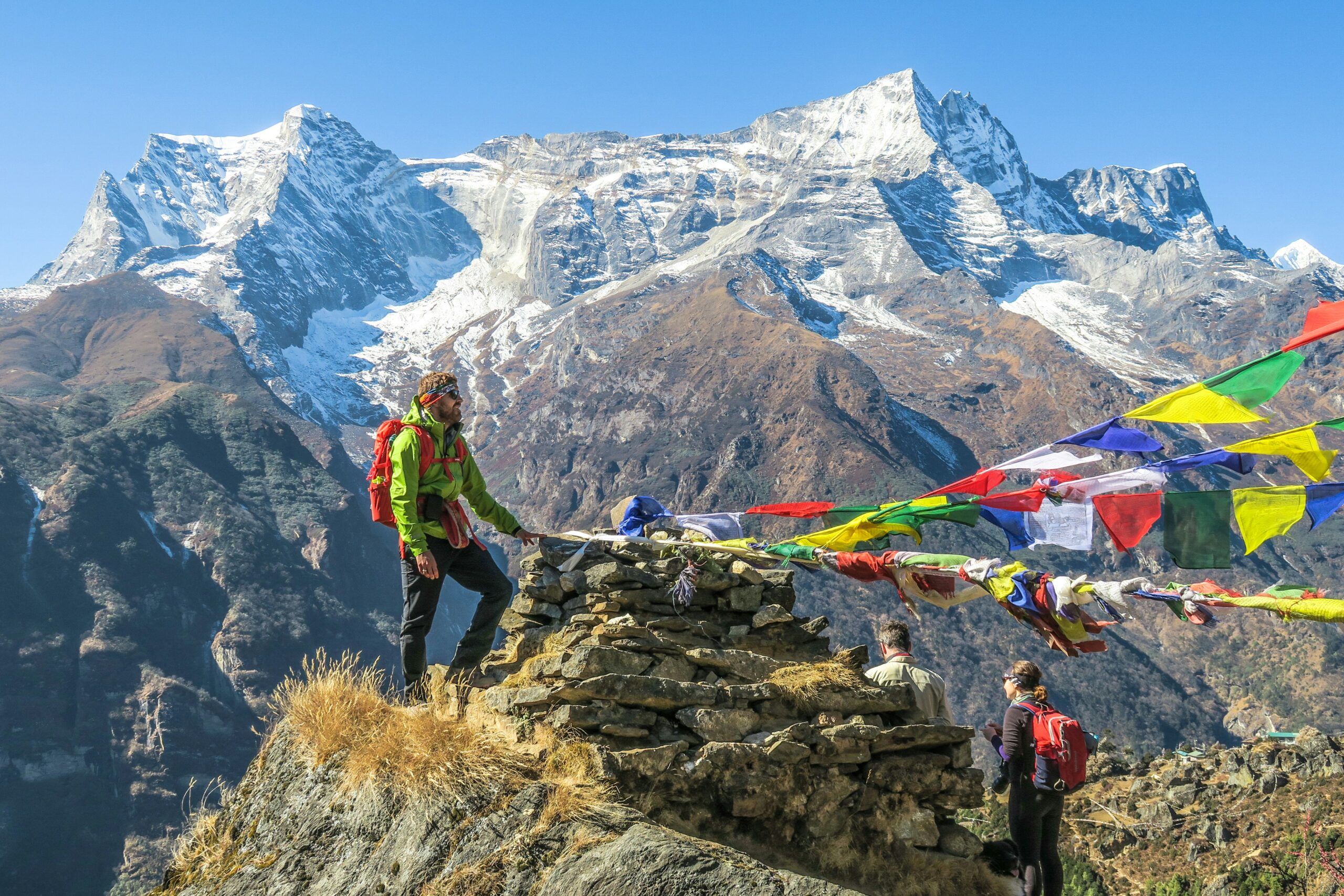
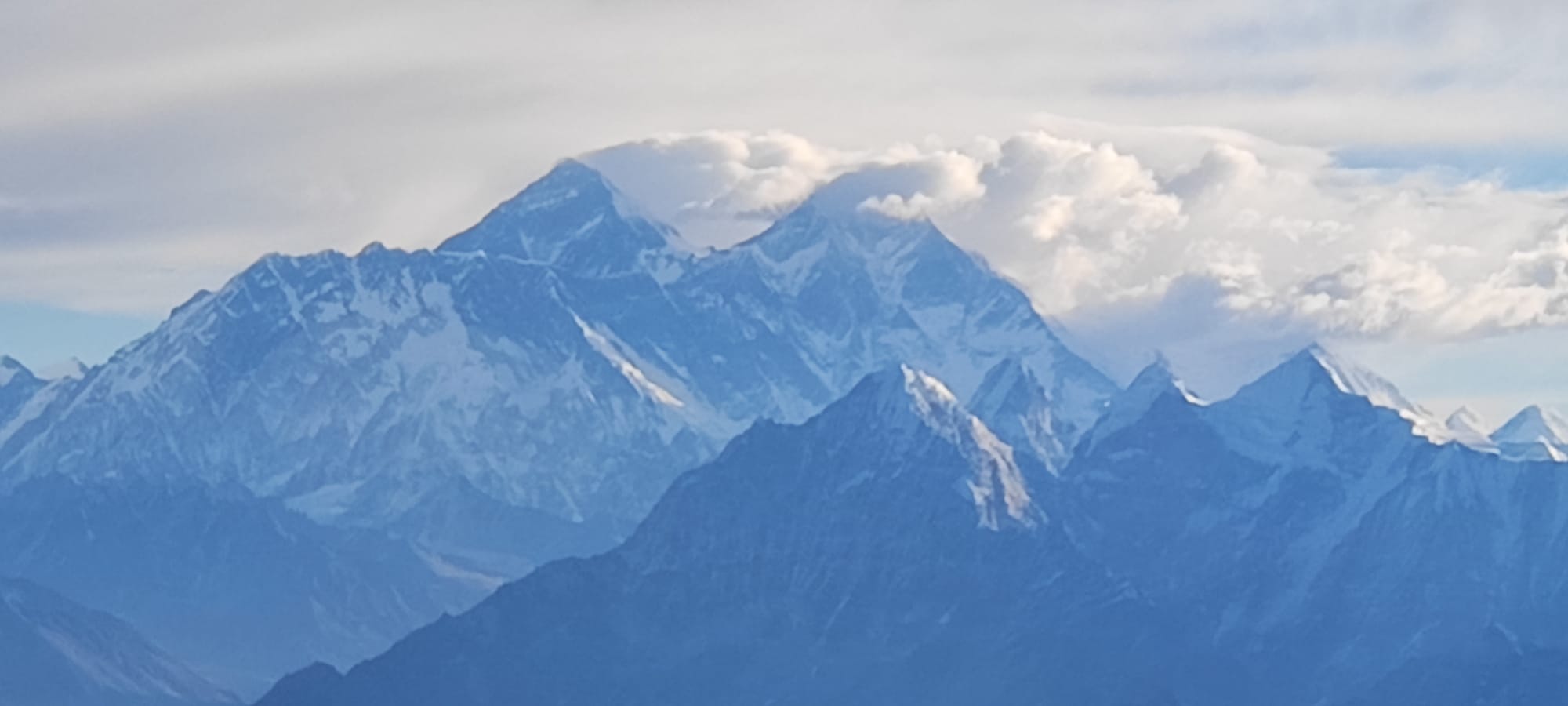

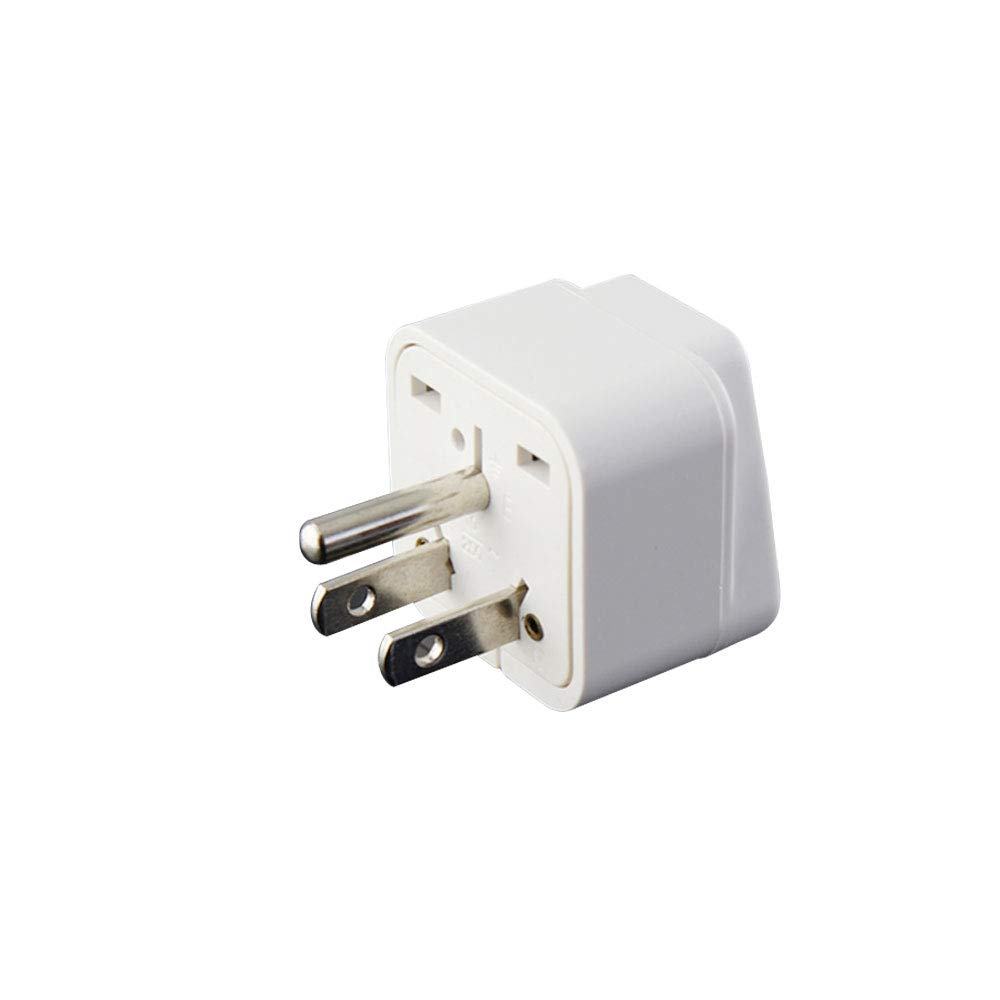
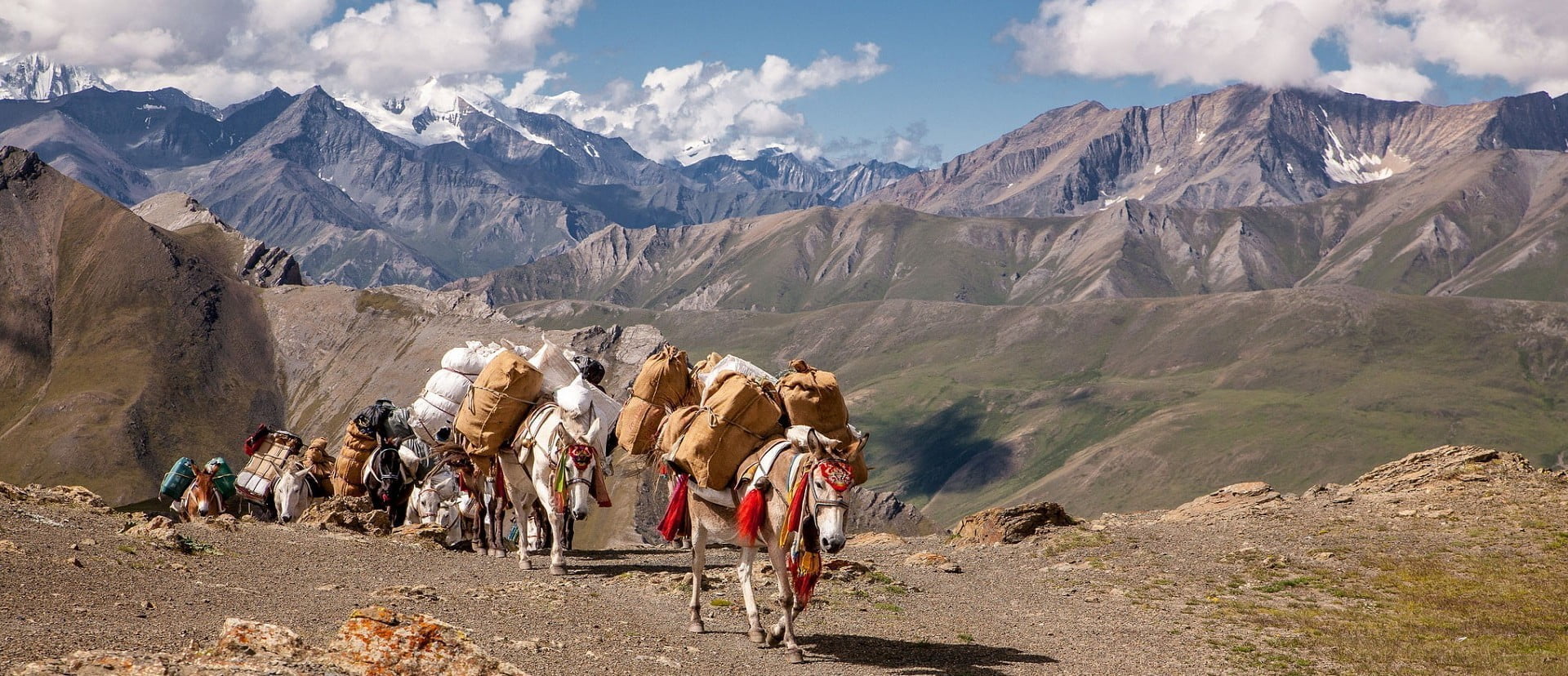
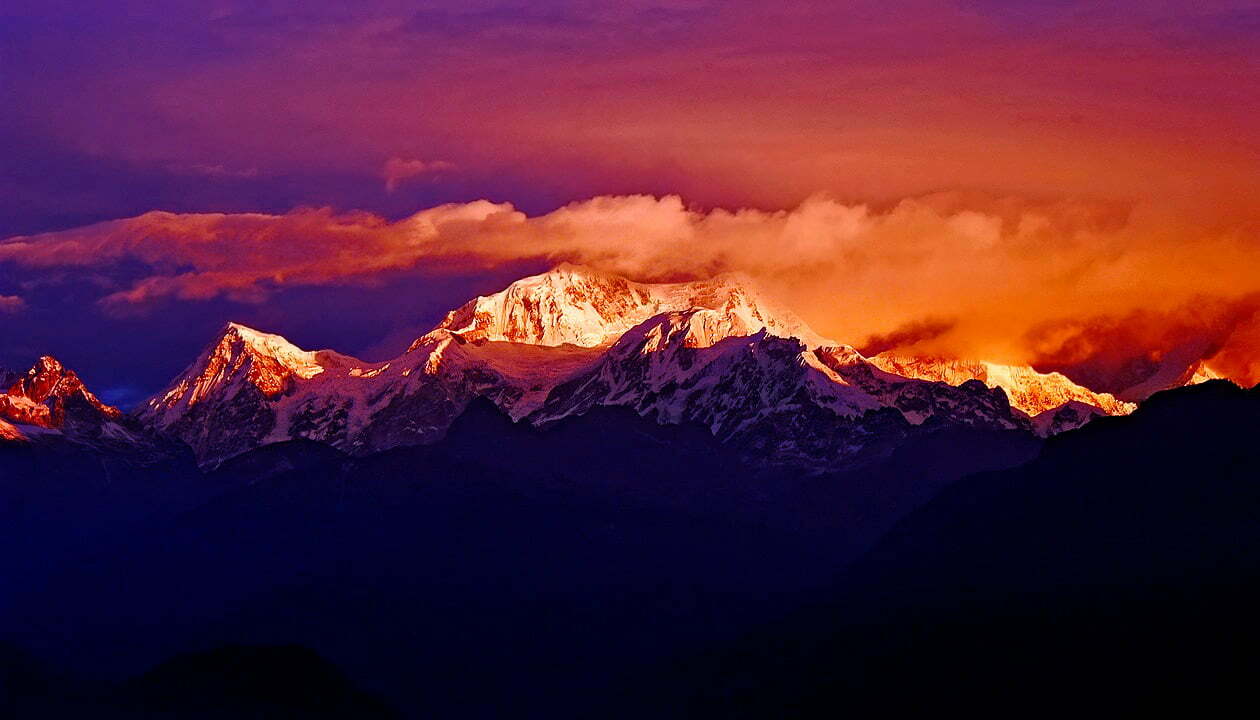



Write a Review